Patrick Roblin, Hans Rohdin0521781523, 9780521781527, 9780511066900
Table of contents :
Cover……Page 1
Half-title……Page 3
Title……Page 5
Copyright……Page 6
Dedication……Page 7
Contents……Page 9
Preface……Page 21
Outline for the reader……Page 22
Recommendations for the instructor……Page 26
Acknowledgements by Patrick Roblin……Page 28
Joint acknowledgements……Page 29
List of abbreviations……Page 31
Ever shrinking high-speed devices……Page 33
Quantum devices……Page 34
Ballistic transport versus drift-diffusion transport……Page 35
Importance of a microscopic study……Page 36
1.2 MBE technology……Page 39
1.2.1 Lattice-matched systems……Page 40
1.2.2 Pseudomorphic materials……Page 41
1.2.3 The materials game and bandgap engineering……Page 43
1.2.4 Limitations and applications of modern growth techniques……Page 45
1.3.1 Crystals and lattices……Page 46
1.3.2 The reciprocal lattice……Page 47
1.3.3 Application to band structures……Page 49
1.4 Conclusion……Page 52
1.6 Problems……Page 54
2.2 Spatially-varying semiconductors……Page 57
2.2.1 Semiconductor alloys……Page 58
2.2.2 Modulation doping……Page 61
2.3 The Anderson band-diagram model……Page 64
2.4 The abrupt heterojunction case……Page 67
2.5 Drift-diffusion transport model for heterostructures……Page 71
2.6 I–V characteristics of p–n heterojunctions……Page 74
2.7 The thermionic model of heterojunctions……Page 76
2.8 Ballistic launching……Page 80
2.9 The HBT……Page 82
2.11.1 Recommended reading……Page 84
2.11.2 References……Page 86
2.12 Problems……Page 87
3.1 Introduction……Page 91
3.2.1 The Schrödinger equation……Page 92
3.2.2 Electron in a periodic potential……Page 93
3.2.3 Wannier functions……Page 96
Proof of translation invariance……Page 98
The Wannier picture……Page 99
The tight-binding band……Page 100
The flat-band case……Page 101
3.2.4 Three-dimensional crystal……Page 102
3.3 Spatially-varying band……Page 106
3.3.1 Heterojunction case (tight-binding approximation)……Page 108
Conservation equation……Page 110
Total particle current definition……Page 111
Flat-band case……Page 112
3.3.3 Matching theory……Page 114
3.3.4 Three-dimensional effects……Page 116
3.4.1 Multi-band tridiagonal Wannier system……Page 117
3.4.2 Effective-mass wave-matching for a two-band Wannier system……Page 119
3.4.3 Comparison with a full-band model……Page 122
3.5 Multi-band density of states……Page 124
3.6 Conclusion……Page 129
3.7.2 References……Page 130
3.8 Problems……Page 131
4.1 Introduction……Page 135
Eigenstate solutions……Page 136
Zener resonant tunneling……Page 139
4.2.2 Time-dependent solutions and the Houston state……Page 140
4.2.3 The Bloch oscillator……Page 142
4.2.4 Coherent and squeezed Zener oscillations……Page 143
4.3 Quantum wells……Page 144
4.3.1 Rectangular quantum wells……Page 145
4.3.2 Quantum well induced by an electric field……Page 146
4.3.3 Quantum wells of arbitrary shapes……Page 147
4.3.5 2DEG……Page 148
Density of states in k space……Page 149
Density of states in E space……Page 151
Fermi–Dirac statistics in a 2DEG……Page 152
4.4.1 Double-barrier system……Page 153
4.4.2 Tunneling current and resonant tunneling……Page 157
4.4.3 Charge distribution inside the well……Page 159
4.4.6 Full-band structure effects……Page 162
4.4.8 Resonant interband tunneling diodes (RITDs)……Page 166
4.5 Superlattice……Page 167
4.5.1 Periodic superlattices……Page 169
4.5.2 Random superlattice……Page 171
4.5.3 Quasi-crystals and Fibonacci superlattices……Page 173
4.6 Conclusion……Page 175
4.7.2 References……Page 176
4.8 Problems……Page 179
5.2 Phonons and phonon scattering……Page 186
5.2.1 Phonons……Page 190
What is a phonon?……Page 193
5.2.2 Spontaneous and stimulated emissions……Page 195
5.2.3 Semiclassical phonon model……Page 197
5.3 Polar scattering by optical phonons……Page 199
5.4 Deformation potential scattering by acoustic phonons……Page 200
5.6 Interface roughness scattering……Page 203
5.7 Alloy scattering……Page 207
5.8 Electron–electron scattering……Page 210
5.9 Conclusion……Page 212
5.10.2 References……Page 213
5.11 Problems……Page 214
6.1 Introduction……Page 215
6.2 Importance of three-dimensional scattering……Page 216
6.3.1 Semiclassical scattering picture……Page 218
6.3.3 Matrix elements for the interaction Hamiltonian……Page 219
6.3.4 Envelope equations for sequential scattering……Page 221
6.4 Transmission coefficient for scattering-assisted tunneling……Page 224
6.5 Self-energy……Page 226
6.6 The MSS algorithm……Page 228
6.7 Scattering-parameter representation……Page 232
6.8 Detailed balance and Pauli exclusion in MSS……Page 236
6.9 Coupling functions for various scattering processes……Page 242
6.10 Results for resonant tunneling structures……Page 245
6.11 Conclusion……Page 253
6.12.2 References……Page 254
6.13 Problems……Page 255
7.2 Analytic solution for a uniform time-dependent potential……Page 259
7.3 Radiation coupling with an external modulated electric field……Page 260
7.4 Time-dependent tunneling theory……Page 266
7.5 Small-signal response without self-consistent potential……Page 270
7.6 Self-consistent solution……Page 271
7.7 RTD conductances and capacitances……Page 275
7.8 High-frequency response of the RTD……Page 279
7.9 Microwave measurement of the C–V characteristics……Page 285
7.10 DC bias instabilities……Page 288
7.11 Infrared response of quantum devices……Page 289
7.11.1 Modeling the infrared wave-guide……Page 290
7.11.2 Coupling of quantum transport with infrared radiation……Page 292
7.11.3 Optical absorption/emission coefficient……Page 294
Simulation verification……Page 295
7.11.4 Quantum cascade laser……Page 297
7.12 Conclusion……Page 300
7.13 Bibliography……Page 301
8.2 2DEG population as a function of the Fermi energy……Page 303
Approximate treatment……Page 306
8.3 Equilibrium population of the 2DEG……Page 307
8.4 Charge control of the 2DEG with a Schottky junction……Page 310
8.5 C–V characteristics of the MODFET capacitor……Page 314
8.6 I–V modeling of the Schottky junction……Page 317
8.8 Bibliography……Page 320
8.9 Problems……Page 321
9.1 Introduction……Page 324
9.2 The Boltzmann equation……Page 325
9.3.1 Uniform semiconductor case……Page 328
9.3.2 Non-uniform semiconductor case……Page 330
9.4.1 Uniform semiconductor case……Page 332
9.4.2 Non-uniform semiconductor case……Page 334
9.5 High-field transport: two-valley model……Page 337
9.6 Negative differential mobility and the Gunn effect……Page 341
9.7 Transient velocity overshoot in a time-varying field……Page 346
9.8 Stationary velocity overshoot in short devices……Page 347
9.10.2 References……Page 348
9.11 Problems……Page 350
10.1 Introduction……Page 352
10.2 Long-and short-channel MODFETs……Page 354
10.3.1 The Grebene–Ghandhi model……Page 361
10.3.2 Channel opening: MOSFET saturation model……Page 369
10.4 The extrinsic MODFET……Page 375
10.6.2 References……Page 376
10.7 Problems……Page 377
11.1.1 fT and fmax figures of merit……Page 380
11.1.2 MAG and MSG……Page 382
11.1.3 Unilateral power gain of the wave-equation model……Page 384
11.1.4 On the ordering of fT and fmax……Page 385
11.2.1 The large-signal MOSFET wave-equation……Page 388
11.2.2 Exact small-signal solution of the MOSFET wave-equation……Page 389
11.2.3 Frequency power series expansions of the y parameters……Page 394
11.2.5 First order equivalent circuit I……Page 397
11.2.6 Range of validity of the RC small-signal equivalent circuit I……Page 399
11.2.7 Alternative equivalent circuits for the intrinsic MODFET/MOSFET……Page 401
11.3 Large-signal model of the long-channel MODFET/MOSFET……Page 403
11.3.1 Charge conservation……Page 411
11.3.2 Charge conservation in circuit simulators……Page 412
11.4 Parasitics, extrinsic MODFET and parameter extraction……Page 414
11.6.2 References……Page 417
11.7 Problems……Page 419
12.2.1 The velocity-saturated MOSFET wave-equation……Page 422
12.2.2 Exact solution of the velocity-saturated MOSFET wave-equation……Page 425
12.2.3 Equivalent circuit of the velocity-saturated MOSFET wave-equation……Page 427
12.2.4 High-frequency performance of the short-channel MODFET……Page 431
12.2.5 Alternate equivalent circuit for the short-channel MODFET……Page 433
12.3 Large-signal model for the short-channel MOSFET……Page 434
12.3.1 First-order non-quasi-static approximation……Page 435
12.3.2 Small-signal equivalent circuit for the D” internal node……Page 438
12.3.3 Large-signal model……Page 441
12.3.4 Charge-based representation……Page 445
12.3.5 Charge conservation……Page 446
12.3.6 Model topology……Page 447
12.4 Conclusion……Page 448
12.6 Problems……Page 449
13.1 Introduction……Page 450
13.2 Modeling for power amplifier design……Page 451
13.3 Physical versus table-based models……Page 452
13.4 Device characterization……Page 453
13.4.2 Pulsed I–V characteristics……Page 454
13.4.3 Isothermal I–V characteristics……Page 456
13.5.2 Small-signal topology……Page 459
13.5.3 Parasitic deembedding……Page 460
13.6.1 Model formulation……Page 464
13.6.2 Tensor product B-splines……Page 466
13.6.3 I–V characteristics……Page 468
13.6.4 Parasitic bipolar topologies……Page 469
13.7 Electrothermal modeling……Page 471
13.8.1 Pulsed I–V characteristics……Page 474
13.8.2 Power amplifier……Page 475
13.10 Bibliography……Page 477
13.11 Problems……Page 479
14.1 Introduction……Page 480
14.2 Background to the FET DC modeling approach……Page 484
14.3 Brief semiconductor materials history for SBGFETs……Page 486
14.4 2DEG gate charge control in a heavily dual pulse-doped MODFET structure……Page 487
14.5 An analytically manageable 2DEG transport model……Page 496
14.6 Quasi-two-dimensional model for electrostatics and I–V characteristics……Page 498
14.6.1 The low-field gradual channel……Page 499
14.6.2 Source, drain and contact resistances……Page 502
14.6.3 The high-field velocity-saturated region……Page 504
14.6.4 Impact ionization in the channel and gate tunneling……Page 508
14.6.5 Application examples and some large-signal issues……Page 511
14.7 Reliability……Page 518
14.9 Bibliography……Page 520
14.10 Problems……Page 527
15.2 Equivalent circuit for the intrinsic device……Page 528
15.3 Displacement currents……Page 536
15.4 Conduction-induced currents and delays……Page 545
15.5 Y parameters and equivalent circuit for the extrinsic device……Page 557
15.7 Bibliography……Page 562
15.8 Problems……Page 563
16.1 Introduction……Page 565
16.2 Components in the input resistance……Page 566
16.3 Measurement and scaling of the gate resistance……Page 568
16.4 Interfacial gate resistance and Schottky barriers……Page 572
16.5 Admittance analysis of a Schottky barrier with semiconductor surface states……Page 574
16.6 Theory for the interfacial tunneling resistance……Page 578
16.6.1 General formalism for tunneling between metal and surface states……Page 579
16.6.2 Interfacial tunneling barrier……Page 583
16.6.3 Metal wave-function tail and tunneling effective mass……Page 584
16.6.4 Surface-state wave-function……Page 586
16.6.5 Tunneling resistance and capture cross-section……Page 587
16.7 Application to various Schottky-barrier models……Page 588
16.8 Summary and modifications to the equivalent circuit and Y-parameters……Page 595
16.10 Bibliography……Page 600
16.11 Problems……Page 603
17.2 Some high-frequency measurement issues……Page 605
17.3 Recap of procedure and parameters for calculating MODFET Y parameters……Page 610
17.4 Current gain, optimum power gain and cut-off frequencies……Page 614
17.5 Optimization of fmax……Page 618
17.6 Noise, noise figure and associated gain……Page 622
17.6.1 The FET noise model by Pucel, Haus and Statz……Page 627
17.6.2 The Fukui equation and Pospieszalski’s thermal model……Page 629
17.6.3 General formalism for noise figure and power gain……Page 631
17.6.4 Noise figure and associated gain of the MODFET……Page 633
17.7 Process and manufacturability issues……Page 638
17.8 Reverse modeling……Page 644
17.10 Bibliography……Page 645
17.11 Problems……Page 649
18.1 Introduction……Page 651
18.2.2 Direct solution of the BTE……Page 652
Components of the distribution function……Page 656
Profiles of electron concentration and velocity……Page 659
Collector current……Page 661
18.3.2 Compact models for the collector current……Page 662
Graded-emitter HBTs……Page 663
Abrupt-junction HBTs……Page 667
The charge-control method……Page 670
Regional signal-delay expressions……Page 673
Emitter delay……Page 674
Base delay……Page 676
Collector delay……Page 678
Base–collector network……Page 679
Extrapolated fmax……Page 680
An Ebers–Moll model……Page 681
18.4 Conclusion……Page 684
18.5 Bibliography……Page 685
18.6 Problems……Page 687
19.1 Introduction……Page 689
19.2.1 History and evolution……Page 690
19.2.2 Growth techniques……Page 694
19.3.2 III–V processing technology……Page 696
19.4.1 Origin and distribution of delay times……Page 697
19.4.2 Improvement of delay times……Page 699
19.5 III–V surfaces and the emitter base saddle-point……Page 703
19.6 Thermal considerations……Page 704
19.7.2 The beryllium diffusion problem……Page 708
19.7.3 Beryllium diffusion solutions……Page 711
19.8 Conclusion……Page 712
19.9 Bibliography……Page 713
19.10 Problems……Page 716
Index……Page 717
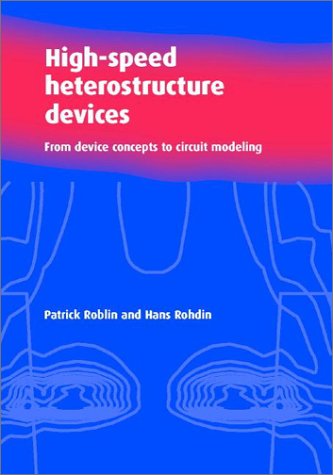

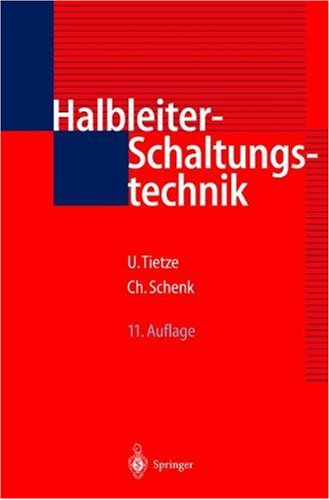
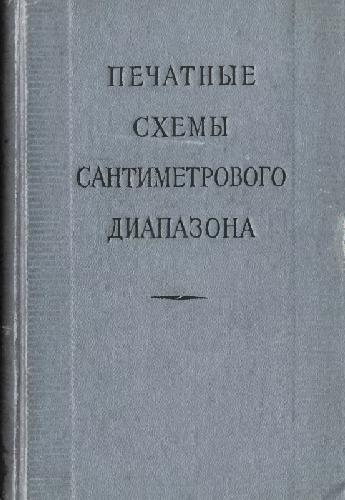
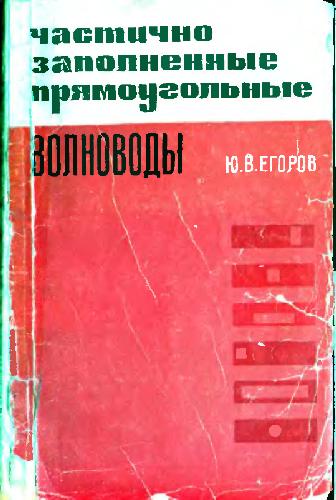
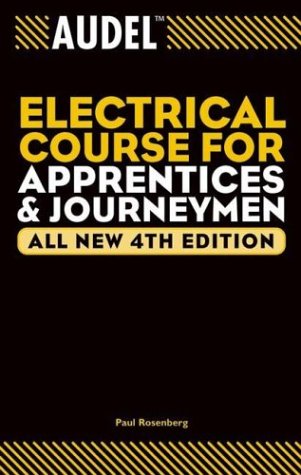
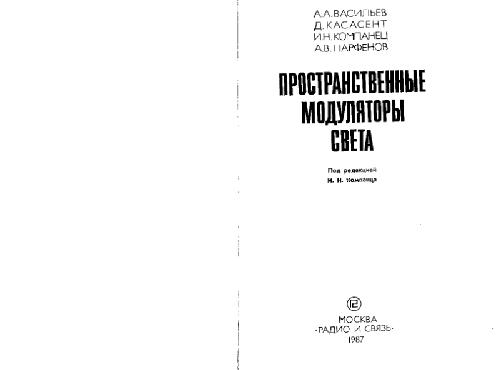
Reviews
There are no reviews yet.